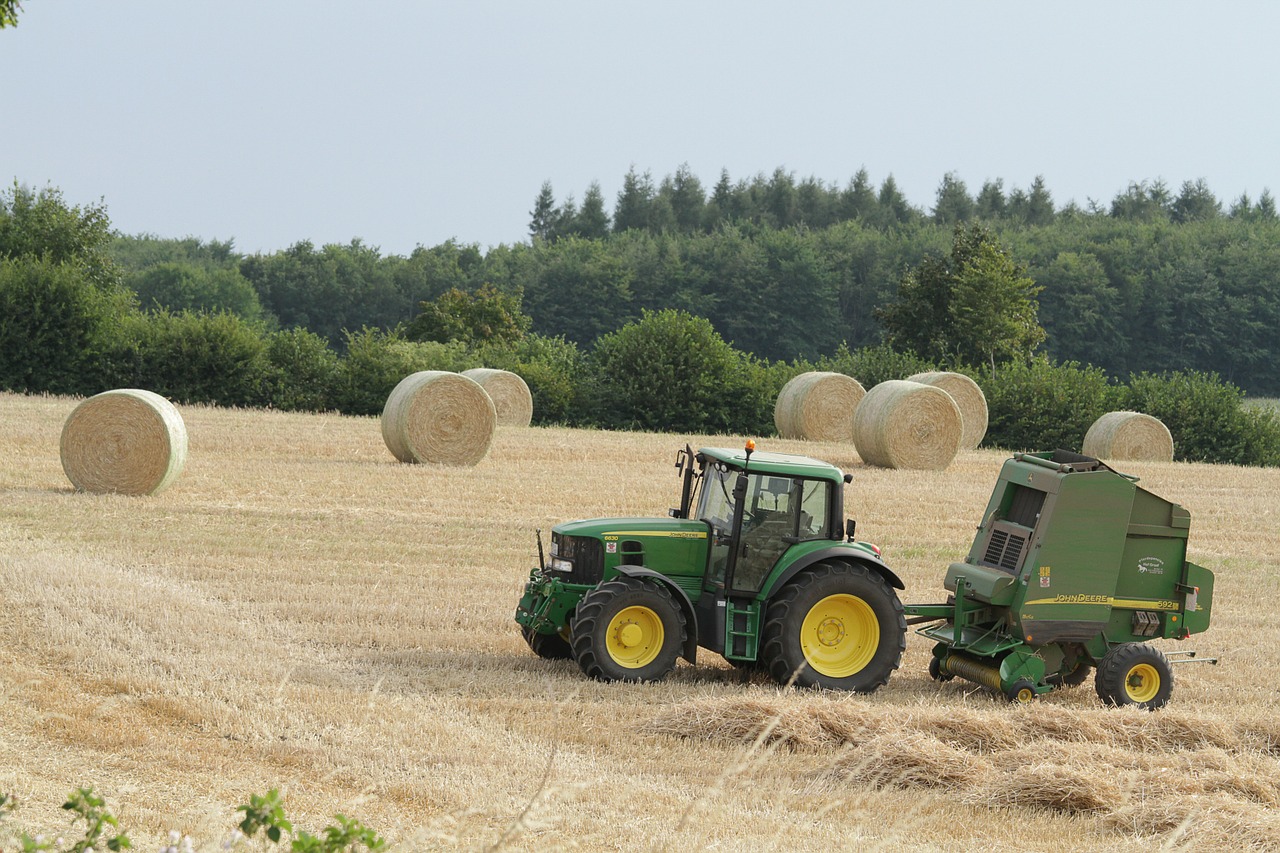Farmer Bob's Guide to a Hay Harvest | Farmer Bob's Parts
Posted by Farmhand Bobby on Dec 2nd 2020
Steps of a Hay Harvest
CUTTING
Mower: Hay mowers come in all shapes and sizes, from mini sickle bar mowers to the largest trailed mower-conditioners and even self-propelled machines. For the sake of brevity, we will concentrate here on hay mowers that are meant to be mounted to your tractor's 3-point hitch. These machines cover the needs of 99% of people that have a compact or subcompact tractor.

DRYING & RAKING
Tedder: Hay tedders are used to assist the hay drying process in the field after it is cut. Favorable hay is fresher and greener, meaning it has not sat in the field as long. Not all operations use tedders, instead using rakes during the drying step. Consider the moisture levels of your crop and climate when choosing what drying equipment to use.
Rakes: Offered in a variety of types and sizes, rakes pile the hay into rows (also call windrows) for proper baling. They can also assist in the hay drying process. You can choose from carted, folding, or high capacity rakes with 8, 10, or 12 wheels. Your salesman can recommend the best rake for your needs.

BALING
Baler: Large or small, square or round—the choices are numerous. The size of bale caters to different buyers— i.e. horse owners may prefer small square bales while cattle ranchers often prefer large round bales to feed. It’s important to note that bales can weigh anywhere from 40 to 3,000 pounds depending on the type of baler and hay.

STORING
Trailer/Wagon: Depending on the amount of manpower your operation has and how much energy you want to spend transporting hay will directly affect your need for a trailer and/or wagon. An attached bale wagon is a great time saver.
Protection: Some types of hay and bales need protection from the elements while others are not majorly affected by being left in the field. The type of netwrap, type of hay, and size of bale can adjust the hay’s lifespan against mold, spoilage, and combustion from heat.
Fact- A bale’s moisture content is best under 20% and the interior of the bale can reach temperatures of 120°F.
Check Out Farmer Bob’s Large Selection of Hay & Forage Parts https://farmerbobsparts.com/hay-forage-parts/

